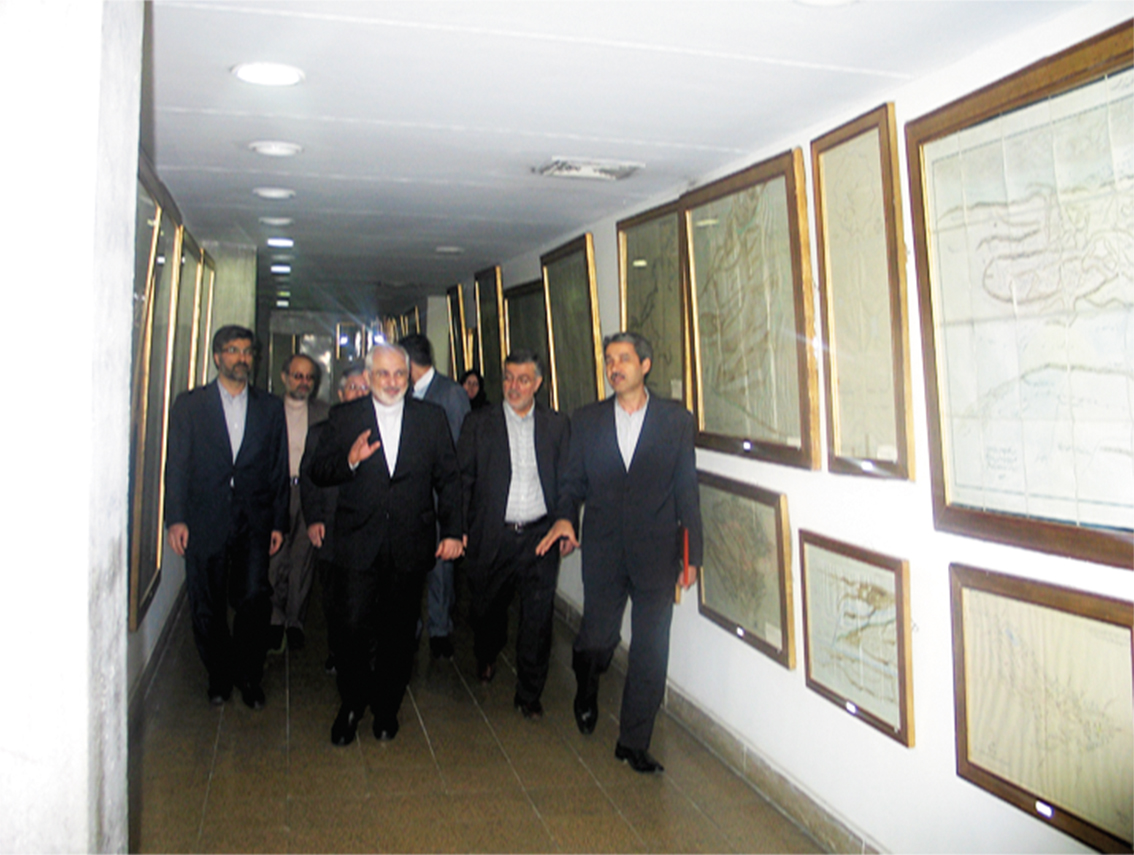A total of 4,700 historical documents from the eras of Qajar (1785-1925) and Pahlavi (1925-1979) have been declassified at the archive of the Center for International Research and Education (CIRE), affiliated to the Foreign Ministry.
"The studies and reviews on the CIRE archive started in 2009, and the declassified documents will become available to researchers likely after an unveiling ceremony by Foreign Minister Mohammad Javad Zarif," said Behzad Khakpour, head of the archive, at a meeting titled 'Access to Documents,' on August 2, ILNA reported.
Other participants in the meeting at the National Library of Iran in Tehran were head of the Documents Organization at the Judiciary Hussein Zarrini, head of the Majlis (parliament) Documents Organization Ali Tatarri, documents deputy of the national library Shahram Yousefifar and head of the Documents Center of Mashhad's Astan Quds Razavi charitable foundation, Abolfazl Hassanabadi.
Khakpour noted that the CIRE has the oldest archive in the country, and the second largest collection after the National Library.
"There are 50 million pages of documents in CIRE's archive, of which 18 million belong to the Pahlavi period and 1.5 million to the Qajar era. The rest are from the period after the 1979 Islamic Revolution."
Complementary Documents
"Researchers who refer to the archive will have access to five indexed categories. There is also a collection of 23 volumes titled 'Complementary Documents' which was under compilation for 50 years when Ardeshir Zahedi, 87, was foreign minister in 1966."
Furthermore, a total of 313 volumes of history on Iran and the Persian Gulf littoral states, known as PRO documents, have been scanned and indexed. The Persian indexing is yet to be completed, Khakpour added.
The archive also has 97,000 maps, of which 414 original maps of Qajar era have been registered by the UNESCO, and a total of 16,000 photographs. Other valuable documents are personal correspondences of Fuad Rouhani (1907-2004), an Iranian administrator and translator who served as the first secretary-general of OPEC between 1961 and 1964.
A treasured document at the archive is the Medinalogy (a study on Medina in Saudi Arabia) by prominent Iranian scholar Seyyed Mohammad Baqer Najafi (1948-2002) who devoted his life to Iranian studies, particularly Iranian art and culture and Islamic studies.
"Until last year, only those with masters in science and above qualifications were eligible for research services of the CIRE. The restriction has been removed and those with bachelor's degree now have access to a maximum of 100 documents, while masters of science, doctorate students and professors can retrieve up to 150, 250 and 300 documents respectively," Khakpour said.
"The CIRE archive is an authoritative body that deals with all official documentation. The Foreign Ministry decides as to which document researchers may access."
Since all organizations are obliged to submit to the CIRE their official documents, about one million documents are added to the archive each year from the provinces and from other countries.


